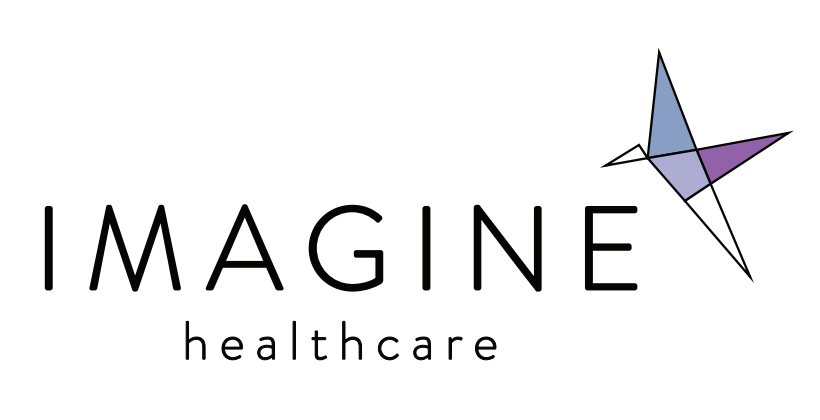How Ketamine Works In The Brain
Ketamine therapy has gained growing attention as a treatment for depression, largely because of how quickly many people can experience relief. Unlike traditional antidepressants, which can take weeks to build up and show full effects, ketamine therapy has the potential to produce mood changes within hours. But how does it do that? Let’s walk through the main mechanisms of how we believe ketamine works in our brains to help us feel better!
There are likely a few different ways that ketamine works to treat depression symptoms, researchers are continuing to study its method of action, but the main theory is that ketamine works on the NMDA receptor. This receptor is like a trailhead, providing different pathways for brain cells to communicate. When our cells communicate they use a neurotransmitter called glutamate as a messenger. Glutamate travels down the open pathway to deliver the message from one cell to another. These messages contain the signal to prompt our brains for things such as mood regulation, memory, learning, and neuroplasticity.
As the trails for negative thoughts and feelings become cemented with more use, the trails for happier thoughts and healthier coping mechanisms become overgrown and rarely used. When people are struggling with depression, anxiety, or trauma, there is often less glutamate to run these messages down the trails between cells; meaning the ones that are active will choose the path of least resistance reinforcing the negative thoughts and contributing to the feeling of being stuck in a cycle.
Ketamine appears to temporarily block or weaken the NMDA receptor, or the trail head, slowing down the messengers making the overgrown trails easier to see and access. When our brain recognizes the change in response from our NMDA receptor, it stimulates a surge of glutamate to increase activity giving those once overgrown trails an opportunity to get some immediate use while forging new trails. This sudden influx of activity is basically like a shake up for our brains that triggers a cascade of changes. This is what we attribute to the fast acting relief some people experience.
Aside from constructing new trails, the increase in activity activates other receptors triggering a protein response responsible for neuroplasticity. This is when our brain is the most flexible and open to change often referred to as a ‘rewire’. When our brains are in a neuroplastic window, like we are for 24-72 hours post ketamine therapy, our brains are making structural changes that can lead to relief. So as this chain response happens our previously underused trails are strengthened, new ones are created, and our brain cells are growing new branches that are used to strengthen the communication between cells. This means that with one ketamine therapy session we are utilizing multiple receptors in our brain simultaneously while rapidly making physical changes to our cells. This is why we believe people may get relief with ketamine therapy when they do not with traditional antidepressants that only focus on individual receptors at a time.
The impact ketamine therapy has had recently has changed how we think about treatment for depression. By reopening old trails and helping form new ones it has given many people the chance to move forward with a sense of hope and clarity. While researchers continue to understand more about how ketamine works in our brains, we already know one important thing: Our brains have an incredible ability to heal, even after long periods of feeling stuck.
While the effects of ketamine can seem incredible, it is important to remember it is just a tool for your healing journey. Supportive therapy and purposeful integration is what solidifies any relief we may feel
